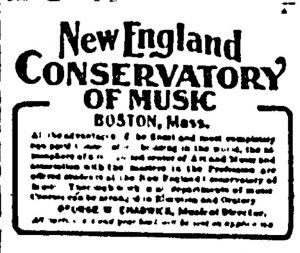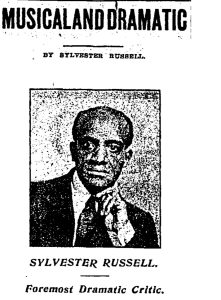In our discussions of early Broadway musical theater shows, we get easily caught up in the contents of the plot, characters, or even the actors that are featured in them. However, not a lot has been said about the places where these performances take place. Enter Koster & Bial’s Music Hall in New York City, New York – the performance hall once endorsed by Oscar Hammerstein that eventually sizzled and burned.
Previously located at 135 W. 34th Street, the music hall, which opened on November 14th, 1892, was once named The Manhattan Opera House. The opera house was operated by American lyricist and librettist Oscar Hammerstein, known for and regarded highly as an iconic figure and contributor to the American musical theater scene. In less than a year, Hammerstein acknowledged the failure of his scheme to house high-class opera at the site and ceded management of the facility to John Koster and Albert Bial. Koster and Bial, seasoned operators of a successful music hall and beer garden at W. 23rd Street and 6th Avenue, brought their proven formula of variety shows and alcoholic beverages to the newly renamed Koster and Bial’s Music Hall. The transition took place on August 28, 1893, just two days after the closure of their previous establishment.
The poster above is an advertisement that was published in 1896, a few years after the music hall transitioned to Koster & Bial’s management. It depicts a vaudeville-esque “showgirl” with black hair, roses, and an exotic-patterned dress. Vaudeville’s acts incorporated musical comedy, dance, burlesque, satire, and circus elements. Ensembles in vaudeville depict “everyday man” characters, who frolicked onstage to cater to mass audiences from the 1800s to the 1930s. This art form ties back to the early origins of musical theater in America, with shows like Show Boat (which we previously discussed in class). The shift from opera to vaudeville marked a turning point, reflecting the broader evolution of American theater from elitist art forms to more accessible, populist entertainment. The advertisement above serves as a visual reminder of this transformation—highlighting the theatrical energy and mass appeal that defined the era. Ultimately, Koster & Bial’s Music Hall not only helped popularize vaudeville but also laid the groundwork for the diverse and dynamic musical theater that would follow, influencing future Broadway productions like Show Boat and beyond.
WORKS CITED
“Coster and Bial’s Music Hall.” Cinema Treasures, www.cinematreasures.org/theaters/14770.
“Vaudeville Advertisement for Koster & Bial’s Music Hall, New York, 1896.” The Library of Congress, loc.gov/pictures/item/2014637286/.




